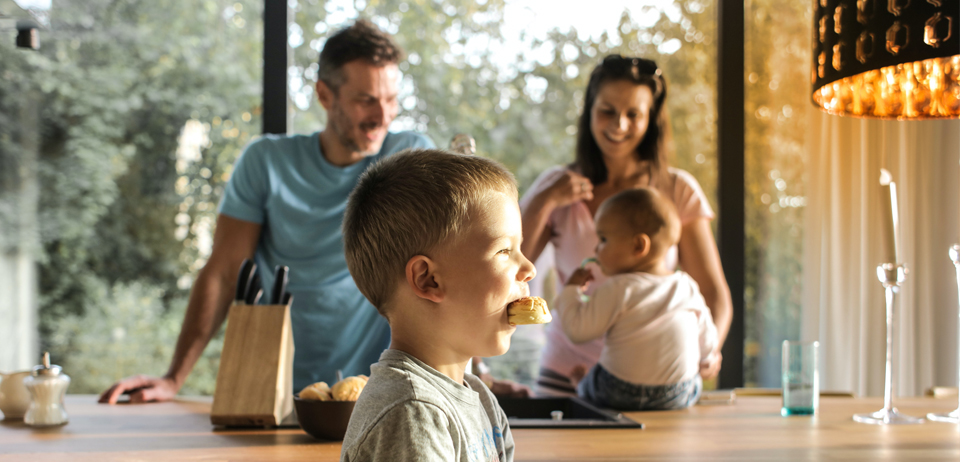Establishing and Maintaining Routine at Home During
COVID-19

Children crave order. In fact, adults do too. We get accustomed to our schedules and become very comfortable with our daily routines. When family and friends come to visit, we welcome them and enjoy spending time with them. However, this throws off our schedule and often we need time to decompress, readjust, and return to our normal routine. Sometimes, household members become ill and nothing seems to get accomplished until the illness has passed or other times a new job abruptly interrupts daily routines. These are normal adjustments that occur throughout our lives but help us recognize how much we find comfort in knowing what to expect.
COVID19 has led to a considerable amount of uncertainty for both children and adults. Children’s schedules changed drastically. They were unable to say good-bye to teachers and friends that they saw every day. There was no closure for their school year, accomplishments, and relationships formed. In addition, children were expected to learn in a new format – online learning. Parents became teachers overnight. Adults now have additional worries, including: How do I keep my family safe and healthy? Will our family still have income? How do I keep my children entertained all day without having them interact with others? How do I keep them on track with online school? Will they be able to learn what they need in order to keep progressing when we return to in-person education? How do I teach? When is my break? These are all questions that are difficult to answer, especially when many of the decisions are being made by others (e.g., Governors, school districts, local leaders, employers, etc.). However, we can create a new order that creates a daily routine which will provide comfort for all members of the household.
The first challenge is to create a schedule and stick to it! Involve everyone in the household when making the schedule so everyone has an input and is more likely to be invested and adhere to the schedule. Allow for adequate learning independently to nurture curiosity, thinking skills, and problem-solving skills. This means having children first try to learn what is being taught online/virtually without hovering over them. Select a specific learning location in the home that serves as their “school” and set it up with everything they need (e.g., computer, laptop, pencils, pens, notepad, calculator, etc.). Schedule follow-up times to review newly learned concepts where the child describes what they have learned to the parent. This fosters advanced learning and memory of each new concept learned. Schedule appropriate physical breaks. A kindergartener has about a 15-30-minute (at best) attention span before they need to take a break, whereas teenagers can work for up to an hour before needing a brief break. Breaks can be walking to the mailbox, jumping on a trampoline, riding a bike, jumping rope for 10 minutes, scrolling social media, or reading one chapter of a favorite book outside. Additionally, schedule a rest period during the day when everyone spends quiet time alone doing anything that they choose – as long as it does not interrupt someone else (including mom). Even young children can learn to spend an hour reading a book, coloring, or watching a favorite show without seeking entertainment from others. For young children, set a timer so that they know when they are allowed to interact with family members again. Use this unique COVID19 quarantine time to teach by doing. Children can learn math and science concepts by cooking. Have a child pick a favorite family recipe, make the grocery list, shop for food items, and cook the meal (with help from an adult). This not only provides an opportunity to learn measurements, but it also provides children with a sense of responsibility and fosters developing independence.
Making and keeping a schedule will reduce uncertainty in children, which will likely lead to more emotional stability (e.g., less outbursts, crying, complaining). Remember as an adult how uncertainty leads to feelings of concern, worry, and anxiety. Adults usually understand these emotions and work through them without even noticing but children do not yet have an emotional vocabulary or understanding of emotional responses to their changing world. By creating and maintaining order, children (and adults) feel more comfortable and secure in their abilities to cope with the unexpected.